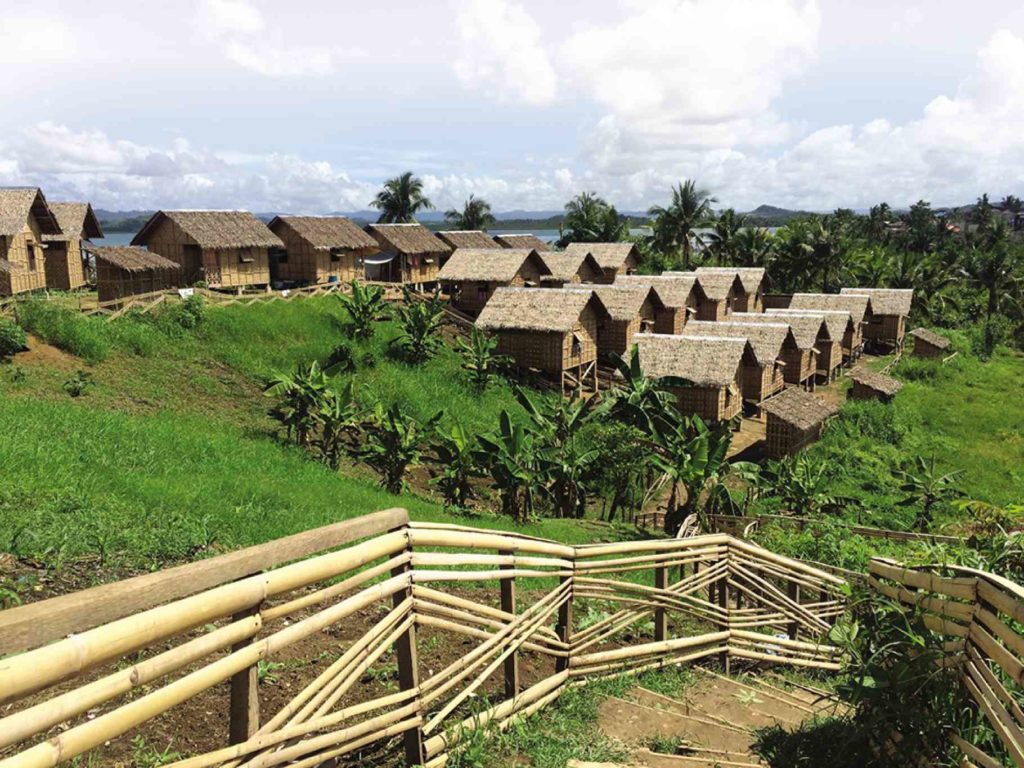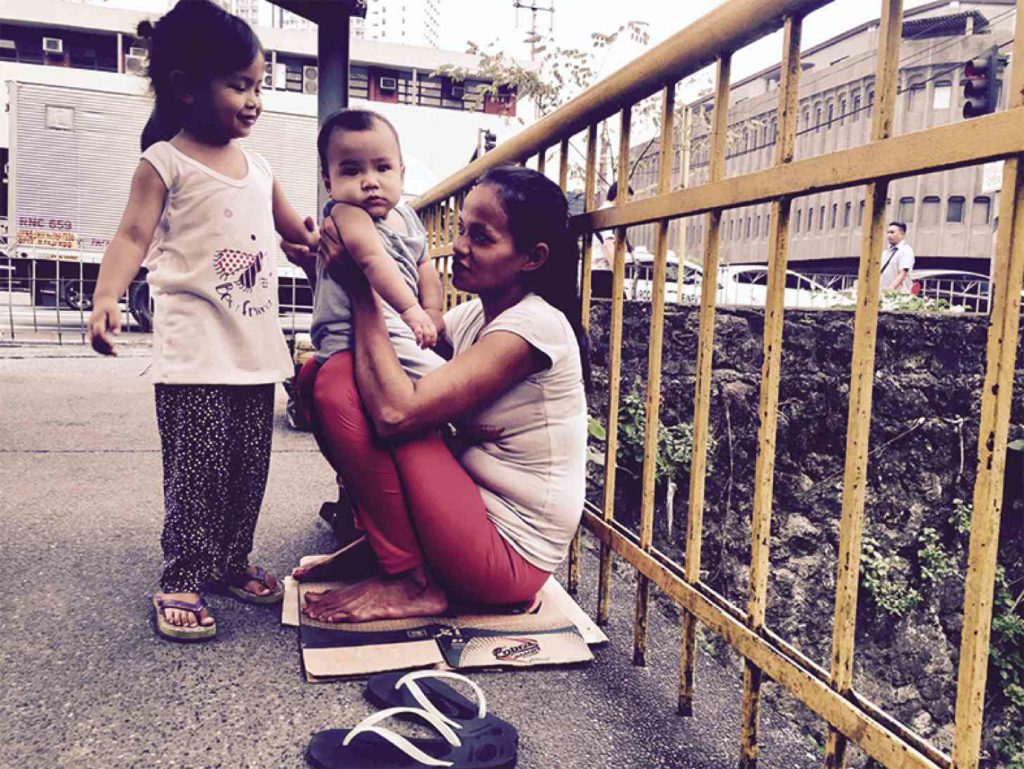Understanding resilient cities

Providing for basic needs is a step in helping disaster-affected communities on the way to recovery. This transitional shelter in Tagpuro, Leyte, post-Yolanda, is an example of that. Photo by Louie Michael Martinez
There are about a million things that would come to mind when we use the catchphrase “resilient city.”
With “resilience” alone, natural hazards, which vary from cyclonic events to volcanic eruptions and frequent earthquakes, easily top our list, given that the Philippines falls only next to Vanuatu and Tonga in the World Risk Index (which also looks into the vulnerability, or how the country become susceptible to these hazards).
Our urban centers also vary in terms of hazards: from topographies that are inherent to an archipelago, to human-induced or technical events, such as conflict, local economic crises, and sparking octopus wires.
From any angle, we face hazards that, without our proper understanding and action, can lead to disasters.
Aside from these single-event happenings called shocks, we also experience daily stresses, including corrupted systems, inefficient or disconnected transport systems, and poverty.
Concept of resilience
What is our understanding of resilient cities?
MIT professor Lawrence Vale poses this question to the multitude of practitioners and workers of resilience in his book “The Resilient City”. If hazards and our lack of capacities would result in damages, deaths, and economic losses, how can our cities cope to become resilient?
While we can easily say that we can plan ahead, or make measures for preparedness, we must remember how resilience encompasses scale, a variety of definitions, and a timeframe that can take place before or after a disrupting event.
Resilience can be applied to one household, a barangay, an entire metropolitan, or even a region. It can also take into account the point-of-view of a psychologist, who defines resilience in the strength of a person to cope with challenges, an information technologist, who looks at continuity of systems and networks, or what the public refers to as “building back” or “bouncing back” to a normal state.
Said indicators contribute to our understanding of resilience, but may also lack aspects that may be present in approaching the entirety of a city, as a bigger picture to these components.

Priorities in resilience building —safeguarding business or infrastructure or advancing social development—have impacts on equality, progress, and everyday life.
In the context of a city
Let’s apply resilience to a city. One would instinctively think about urban design and the structural integrity of our infrastructure and houses.
For good reason: constructing physical structures and rebuilding damaged areas all fall to our engineers and architects.
While the physical landscape constitutes a big part of a city’s direction towards resilience, the understanding and capacities of people play a role. We also already know this, with disaster risk reduction programs here and there, engaging communities in learning activities.
But beyond these efforts to design or retrofit, to conduct workshops with the vulnerable demographic of society, there are dynamics within a city that affects our resilience.
100 Resilient Cities, an organization that helps capacitate cities around the world, explains how the connections of leadership, wellbeing, the economy, and our environment altogether drive our everyday lives to become resilient.
Systems from telecommunications to communities to the justice system have to reflect initiatives and projects directed to lessen impacts of shocks or stresses, and promote continuity.
Reactive planning and policies bring to the table politicians’ agenda, using capital for both citizen’s post-disaster alleviation and security in future votes.
There are cultural and natural sensitivities to the social and physical elements of cities: “Almost every conceivable environmental perturbation is experienced differentially across the domain of any given city.”
We look into a variety of dynamics in understanding resilient cities. When we prioritize the redevelopment of an affected population before another after a disaster, we create inequality. When we direct investments towards one city instead of another, whose lives benefit?
There are the socio-political and economic issues, as well as the cultural contexts, that will always be coupled with creating resilient cities.
Planning towards resilience
Closer to home would tell us how our cities have faced the lashes and devastation of super typhoon Yolanda, hundreds of other cyclones, the Bohol earthquake, and the Zamboanga siege.
Today we face the impacts of Mayon and the aftermath of the battle of Marawi City.
Let us think how we have really planned for resilience —what measures have our cities and institutions taken? Are our policies and arrangements reactive, promoting restorative planning? Or have we taken a more proactive approach, to become preventive of disasters?
Every person’s life, every development or business project, and every plan, no matter how diverse and varied, become building blocks in making resilient cities.
Taking small steps, such as making a plan for the family or reading more about preparedness, or big ones, such as investing in insurance, retrofitting one’s house, or getting actively involved in a city government’s debate or development meeting, go a long way for all of us.
The author is an environmental planner and disaster risk reduction and management practitioner. She advocates for better understanding of cities, urban management, and citizen empowerment. Follow her blog at littlemissurbanite.wordpress.com.
